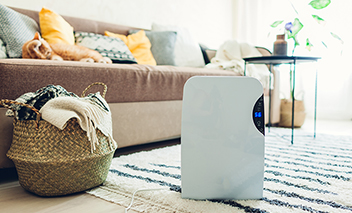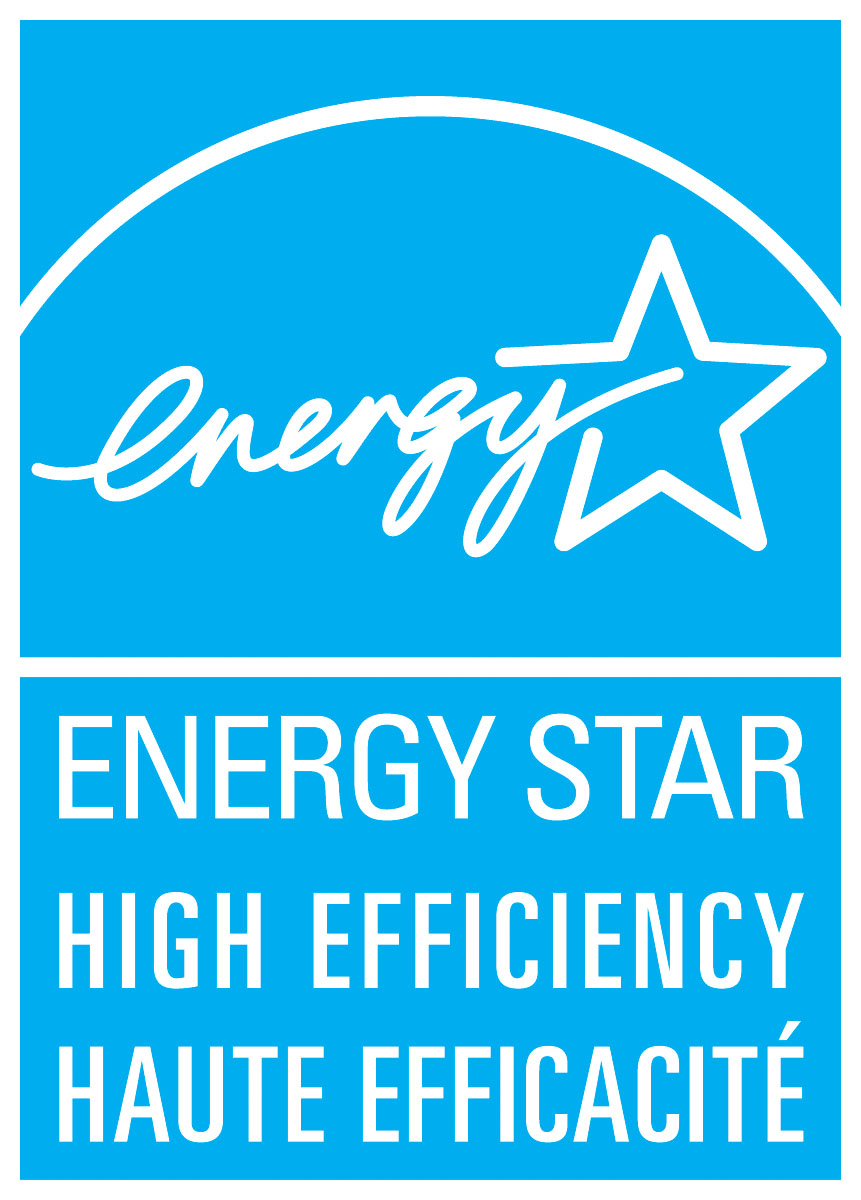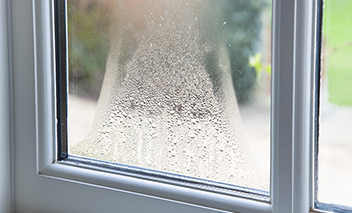There are many factors that can affect the humidity in your home. And as the weather begins to get warmer, it’s important to monitor our home humidity levels so they’re always at optimum levels. This is especially true, since mold and mildew thrive in high humidity conditions. If you notice that your space feels damp and musty or there is condensation on your walls or windows, then it might be time to invest in a dehumidifier. Dehumidifiers eliminate excess moisture from the air, creating a more comfortable space for you and your family. Here’s why you might need one in your home and what to consider before purchasing a unit:
The benefits

The benefits of a dehumidifier go beyond simply removing excess moisture. When you add a unit to your home, it can also:
- Prevent mold and mildew buildup.
- Help air-dry laundry. By drawing excess water from the air and your clothes, it can help speed up the drying process.
- Create a more comfortable environment in your home by keeping indoor air fresh.
Capacity
The “size” or capacity of a dehumidifier is typically measured in litres per day and depends on two factors: the size and the current conditions of the space that needs to be dehumidified.
Room size
Use the chart under “Selecting a dehumidifier: what you need to know” to determine the size that suits your needs and remember, when it comes to dehumidifiers it’s better to oversize than undersize! That way you’ll be sure your unit will meet your needs. More space and moisture will require a model with a higher capacity.
Room conditions
The second factor you need to consider before making your purchase is how much humidity exists in the space without a dehumidifier. More humidity will require a larger capacity unit. Once again, refer to the chart to find out the ideal capacity range for your unit.
The ENERGY STAR® advantage

An ENERGY STAR certified dehumidifier uses nearly 15% less energy on average compared to standard models. With more efficient refrigeration coils, compressors and fans than a conventional unit, certified models deliver energy savings without compromising performance. ENERGY STAR certifies both portable and whole-home dehumidifiers. Portable dehumidifiers are used to dehumidify a single room and can be easily moved. Whole-home dehumidifiers use your home’s air ducts to dehumidify one or more rooms and are often permanent.
Pro Tip: Choose a model with a high Integrated Energy Factor (IEF). The IEF represents the litres of water removed per kilowatt-hour of energy consumed. A higher IEF means a more efficient dehumidifier and more savings.
Best practices

All ENERGY STAR certified dehumidifiers include a built-in humidistat that allows you to set the desired relative humidity (RH) level in a room. The ideal RH level for a building is generally between 30 and 50%. Levels above this range could potentially promote mold growth.
Pro Tip: It is important to note that during winter when heating your space in colder climates, RH levels should be around 30 to 40% to prevent condensation on windows.
Once you find the right dehumidifier for your home, there are a few things you can do to keep it running as efficiently as possible:
- Think about where your unit is placed. Most portable dehumidifiers have top-mounted air discharge and can be placed against walls. If your dehumidifier does not have top-mounted discharge, it should be placed away from walls and furniture to allow air to circulate freely around the unit.
- Always keep windows and doors closed while your unit is running to ensure that the space is being dehumidified as efficiently as possible.
- Place your unit away from sources of dust and dirt, which can clog coils and grills.
- Keep the filters clean and check them regularly to ensure adequate airflow.
- If you are investing in a whole-home dehumidifier, hire a professional to ensure the unit is properly sized and installed.
Other ways to reduce humidity
You can take steps to reduce sources of moisture in your home and reduce the need for dehumidification. Here are a few tips:
- Improve the drainage around the foundation of your home. This can include:
- Extend eavestrough downspouts away from the foundation of your home,
- Keep gutters and downspouts clean and free of debris, and,
- Avoid over-watering plants around the foundation.
- Ensure that clothes dryers are properly vented.
- Use exhaust fans in bathrooms and kitchens to reduce humidity at the source.
- Repair outdoor leaky faucets. As a bonus, this will also help you save on your water bills!
Learn more and connect with us
Looking for more tips on energy efficiency? Follow ENERGY STAR Canada on X, Facebook, Pinterest and LinkedIn to maximize your energy savings and get the latest on energy-efficient products.